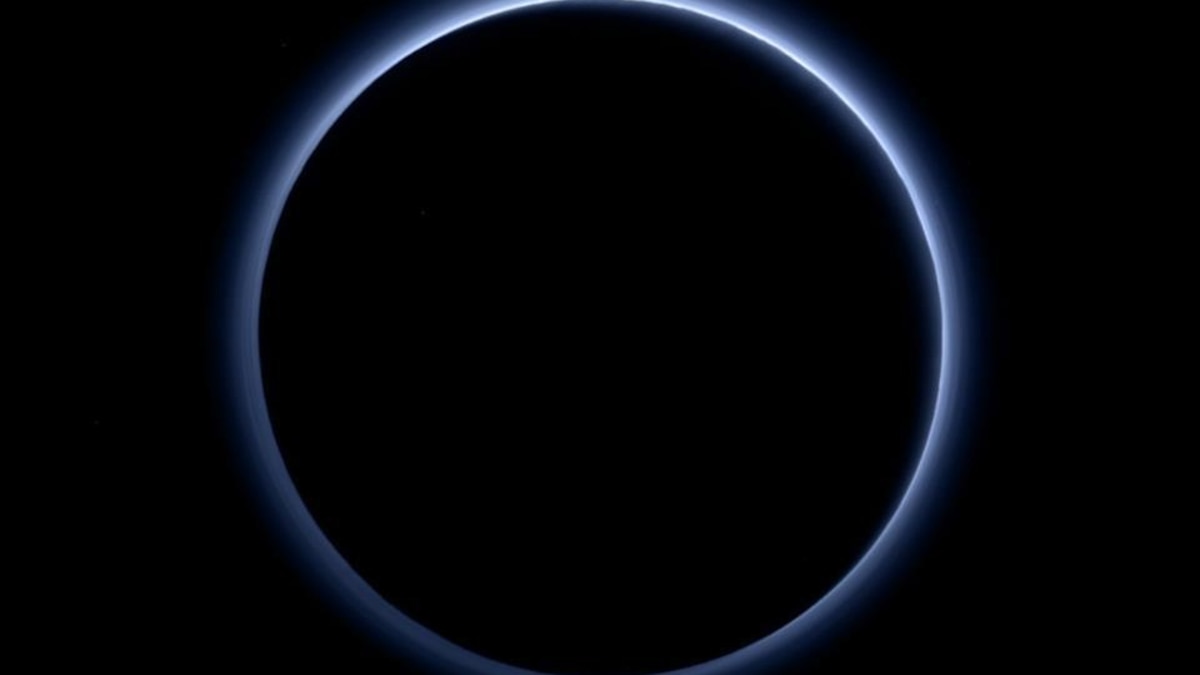Now Reading: Last Chance to Spot Pluto This Year Approaches
1
-
01
Last Chance to Spot Pluto This Year Approaches
Last Chance to Spot Pluto This Year Approaches

Quick Summary
- Pluto reaches opposition on July 25, marking its brightest visibility of the year. Opposition occurs when Pluto lies directly opposite the sun relative too Earth, allowing optimal viewing conditions throughout the night.
- Despite its brightness during opposition, pluto remains a faint speck even through telescopes, making it challenging to observe from highly light-polluted areas. A backyard telescope works only under dark-sky conditions; alternatively, observatories offer access to better instruments for public use.
- the dwarf planet is approximately 3.7 billion miles away and continues its peak visibility for several days before and after July 25 due to this distance.Observers can track slow movement using high-resolution star charts over hours or days with proper equipment.
- Pluto was discovered in 1930 by Clyde Tombaugh using comparisons of photographic plates taken at Lowell Observatory but reclassified as a dwarf planet in 2006 after further study clarified its size and characteristics compared to other celestial bodies.
- NASAS New Horizons mission revealed striking details about Pluto’s surface in 2015, including icy mountains, nitrogen glaciers, possible subsurface oceans-and potential habitability under certain astrobiological frameworks.
!Close-up view of Pluto captured by New Horizons spacecraft (2015)
Credit: NASA/Johns Hopkins University Applied Physics Laboratory/Southwest Research Institute
Stay Informed With the Latest & Most Important News
Previous Post
Next Post
Loading Next Post...

























